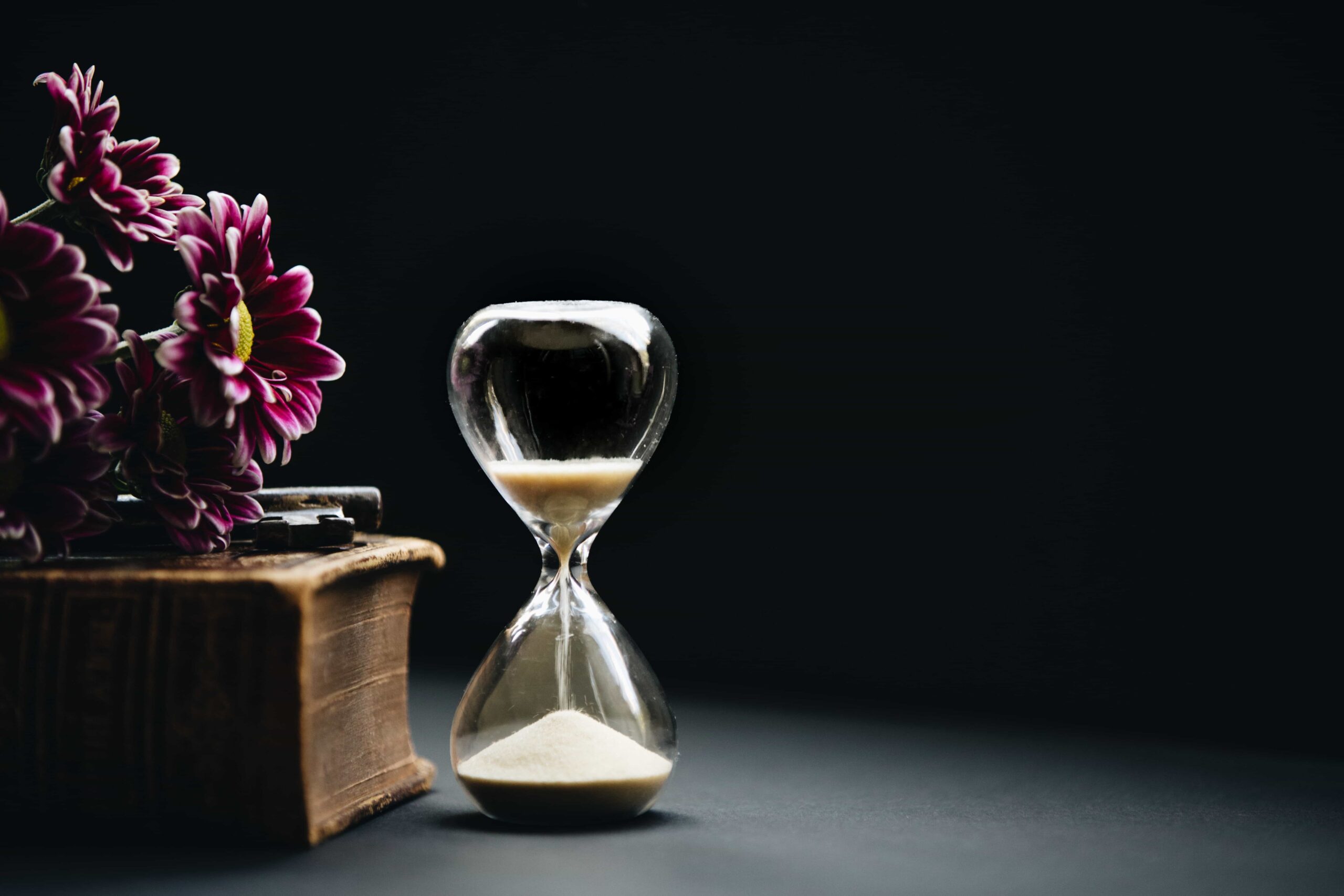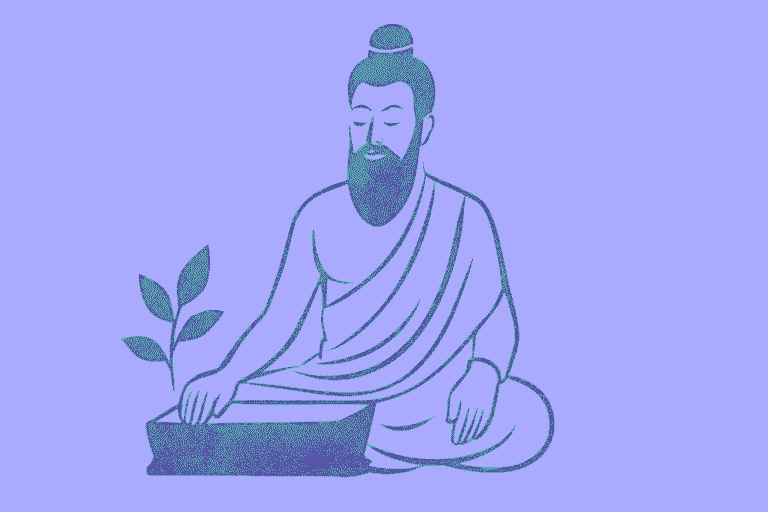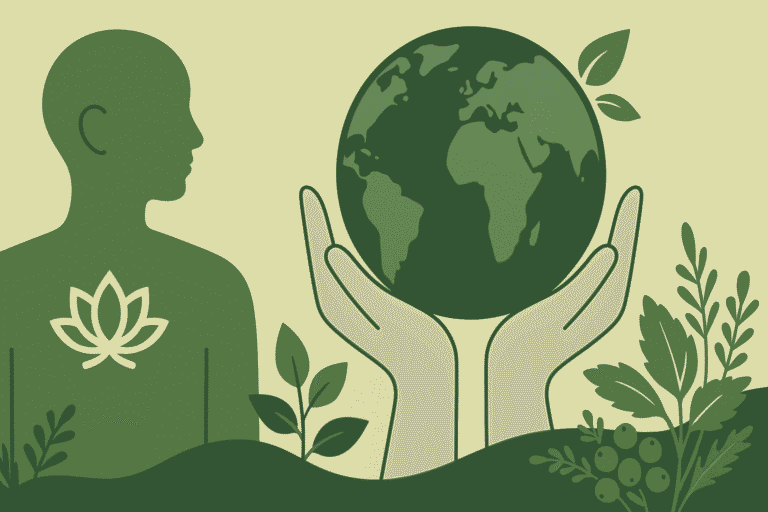contact@cayeit.com
Traditional knowledge systems hold centuries of medical insights passed down through generations. With increasing threats to biodiversity and indigenous cultures, appropriate documentation is key to preserving this invaluable knowledge. However, superficial documentation risks distortion or loss of knowledge.
Effectively documenting tradition requires nuanced, culturally-sensitive approaches respecting community priorities and practices. Knowledge holders must lead the process to ensure integrity of expression and ownership over cultural heritage. Participatory workshops empower communities to record knowledge through preferred mediums like storytelling, song or art.
Both tangible practices and underlying intangible spiritual beliefs require representation. Local language ensures understanding while translation improves wider access later. Interviews provide holistic perspectives from diverse knowledge bearers, especially elders. Multigenerational documentation preserves interwoven knowledge systems into the future.
Traditional forms of documentation like plant specimens, weavings or oral histories complement digital archives, only pursued with full consent. Younger community members can steward technology applications respecting preferences to prevent knowledge loss. Flexible archival systems profile ecological contexts and adapt to environment changes.
Communities determine what knowledge is publicly shared, privileging cultural privacy needs. Nations collaborate through agreed metadata standards while respecting protocols. Documentation remains an ongoing, iterative exchange – not a singular act. Adaptive records evolve with communities through participatory review workshops.
True preservation relies on self-determined documentation empowering communities as knowledge stewards and beneficiaries. With long-term partnerships built on mutual respect, sensitive wisdoms may endure to benefit all humanity through culturally-guided preservation of living heritage.
How can communities ensure the accuracy and authenticity of the documented traditional knowledge?
Here are some ways communities can help ensure the accuracy and authenticity of documented traditional knowledge:
- Have knowledgeable elders and practitioners actively involved in reviewing and validating all documented information.
- Cross-check documentation with multiple knowledge holders to confirm details and identify any discrepancies.
- Conduct validation workshops where the whole community can scrutinize draft records.
- Allow for revisions and updates to documentation based on community feedback over multiple rounds of review.
- Verify information using physical specimens, artifacts or demonstrations where applicable (e.g. medicinal plants, craft techniques).
- Cite sources and provide context for documented practices, linking them to oral histories and cultural beliefs.
- Corroborate intangible elements like spiritual philosophies, worldviews or meanings with community scholars.
- Store partial/temporary records locally using community-preferred methods like oral traditions.
- Employ culturally aligned documentation practices, languages and categorization systems.
- Have community representatives monitor use and dissemination of documented knowledge by external parties.
- Regularly re-visit documentation to ensure it continues reflecting community practices and environmental changes.
Ongoing verification and input from knowledge communities themselves can best authenticate tradition-based records for integrity and cultural alignment over time.
What are some examples of culturally aligned documentation practices and categorization systems?
Here are some examples of culturally aligned documentation practices and categorization systems:
- In the Inuit tradition, knowledge is categorized and passed down through oral stories and songs associated with specific seasons, landscapes, animals, etc. Documentation could follow this ecological organization.
- For the Ainu people of Japan, classifying plants by colour or habitat is common. Records may adopt visual illustrations over strictly lexical classification.
- In South Asia, the indigenous Gondi community names plants based on morphological resemblances, like “tiger herb”. Using locally meaningful naming supports authentic documentation.
- For the Maori of New Zealand, whakapapa or genealogy links all things in the natural world. Documenting plant relationships holistically through indigenous cosmologies maintains cultural integrity.
- Indigenous Australian songlines encode botanical knowledge along sacred travel routes. Maps and oral histories respecting Dreaming trails uphold accuracy from a traditional lens.
- In West Africa, herbal medicines are classified based on spiritual attributes rather than Latin taxonomy. Documenting efficacies within local belief systems prevents distortion.
- The San people record herbs and animal remedies in pictograms. Visual databases mirroring customary symbolism maintain authentic transmission.
Adopting categorization, naming practices and documentation styles aligned with community-defined worldviews helps validate tradition-based knowledge on its own terms.
Conclusion:
Traditional knowledge systems are living libraries of insights on health, biodiversity and sustainable ecosystems. With continued threats from climate change and cultural erosion, culturally-appropriate documentation is vital to ensure this precious wisdom can adapt and inform future generations.
However, its preservation relies upon empowering knowledge bearers as guardians and beneficiaries. Strict ownership, continuous verification and consent-based methodologies must place communities at the centre of custodianship. Documentation acts not as a singular archive, but an ongoing reciprocal dialogue between tradition and interested parties.
When undertaken through mutually respectful, self-determined processes, recording ancestral knowledge need not compromise its integrity or function within societies. Rather, with care and consent, Documentation can both safeguard sensitive wisdoms for coming centuries while widening their contributions – whether inspiring research, practices or policies that respect traditional philosophies.
Global initiatives emerging from the WHO Traditional Medicine Summit point to growing appreciation for culturally-aligned partnership models. If cultivated through open-hearted collaboration over the long term, such approaches may sustain vibrant knowledge systems to enlighten all humanity through nature’s most authentic teachers – indigenous communities themselves.
Listen to this article





